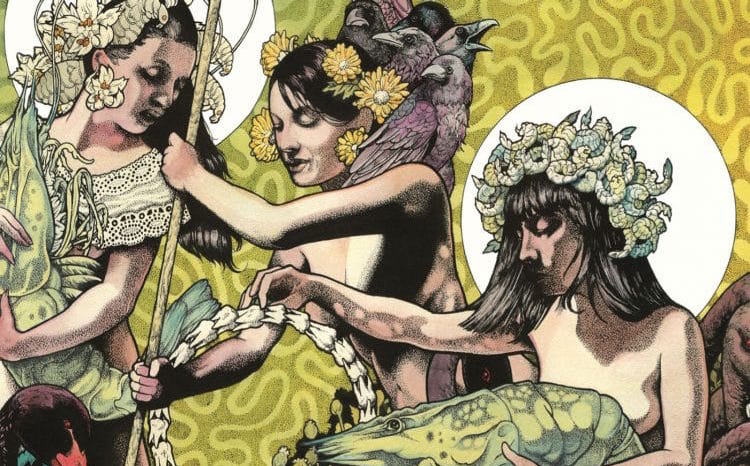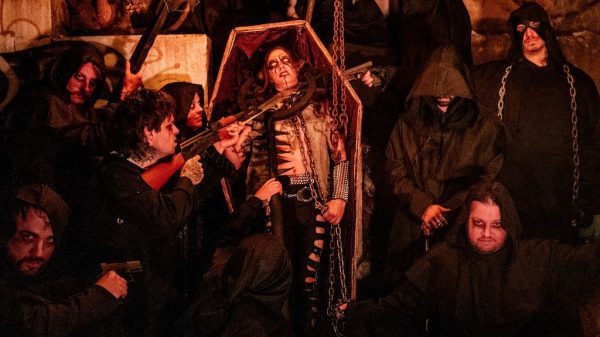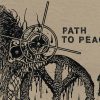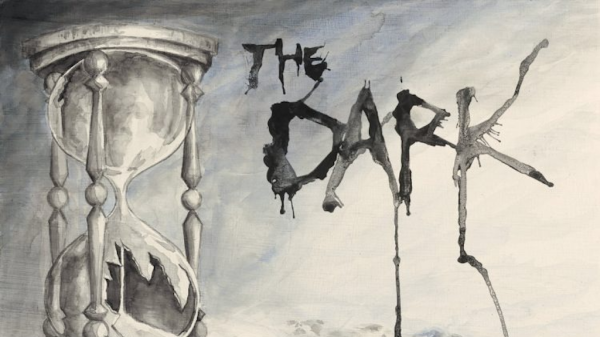With Gold and Grey’s release, Cvlt Nation looks back over Baroness’s long career to piece together how they got to this stage, tracing their sound and artistic evolution. Here, we hark back to the quieter side of their double album, the Green record.
Green is a softer, smoother take. Certainly Baroness at their saddest, it’s a quiet, self-reflective album that follows the band at their most accessible. The record is smoother and quieter. Recalling early emo, it often leans towards drippy indie rock.
After a gentle build-up Green Theme bursts into an anthemic swell. It’s powerful, a rare punch of energy from a record that is generally much chiller than its predecessors. Board Up The House is a straightforward, melancholic-yet-strident track. Again we see the focus on anthemic choruses, plus a showcase of their vocals in the mid-range, which seems to be a comfortable place for Baizely; so often his voice seems strained to breaking point, but this is less of a painful stretch.
Thus far the energy of Green has been unusual; much more straightforward and direct than previously. On Mtns. (The Crown and Anchor), they showcase much more of the quiet, twinkly sounds that later come to dominate the record. Baroness, to this point, have never sounded over-produced. This seems particularly hands-off; much softer and less-defined, Mntns shows a Baroness with more in common with, say, the Mountain Goats than with Converge. This sets the tone for something more self-reflective, and as the energy ebbs the striking guitar riffs are replaced with a psych drip, a watery wash of sounds, heavy pedal effects.
Next up is Foolsong, one of the more focussed of the quieter songs, with a slow riff that drops away to let the bass and the lugubrious percussive plod to rise up and drive the song, ponderously, forward. Later, Foolsong explodes into a tremolo-picked flurry of noise and colour, but it soon dies down. The tone here is one of tension broken not by excitement but by sinking back into a somber reflection. Following track Collapse is even looser, a wash of pedal noises swelling underneath. Again this is ponderous, but this time there’s less direction, with only the vocals to guide across an ocean of sinister, sad noises.
Psalms Alive is a little more energetic, allowing the drums to breathe a little, injecting a little more musical variation into the latter half of the record. Later on, the track kicks back and the energy rises again. Baizely’s voice swells to a magnificent peak but emboldened by the progress of the record he never sounds like he stretches too far, and though this is a high point for the album’s energy it’s always controlled, leading to a dignified drop back into a lovely guitar wash which closes the track. Stretchmarker shows them drop back further to an acoustic, clean, folksy guitar ramble, a stream of consciousness to signal the end of an album that’s said a lot, a brief moment of losing its own train of thought.
The Line Between is another Certified Banger, a structured poppy Baroness track, building some of their power back, re-focussing their energy for a final assault. Unlike the rest of the record, there’s a clear architecture here. If I Forget Thee, Lowcountry is a striking guitar track, seeing off the rest of the record with aplomb. Shimmering and swirling, it’s a touching end to a record that showcases Baroness using space to run a calmer gauntlet, sadder and more reflective and less dramatic than before.
The art is softer again, even more so than Yellow’s muted palette. It’s still a curious collection of images – deep-sea creatures and swans and teeth – and it’s fun to observe the knots in Baizely’s brain. Indeed, the weird coral pattern does look like a brain; perhaps Baizely dreams in art nouveau.
A cursory listen might put Green as a companion EP, but it’s some of their least-focussed, most openly sad music. It’s a pretty, subdued wash, and the high energy parts are less ferocious and more sing-along anthemic. If Yellow if a road trip record, Green is the return, melancholic, yearning for home.














